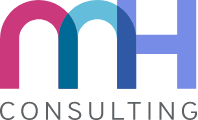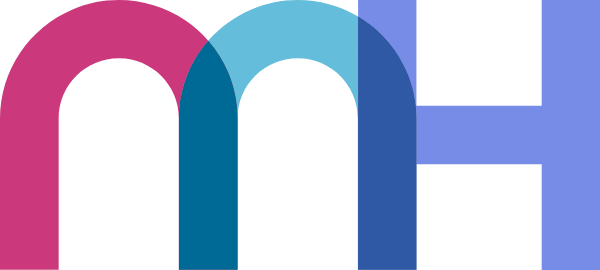Client Story:
Discovering Opportunities
Industries: health care, laboratory equipment
My client, a small startup, wanted to explore the needs of their customer base in hopes of identifying problems their technology platform could address. We started with research, generated some cool ideas, tested those ideas, iterated some, and when one of those ideas involved a partner, we did a little more research to reduce risk and expand opportunities.
Interviews
My client had already recruited a user group that represented their customer base of clinicians. These individuals were compensated for their time through discounts and swag from the client. After creating research objectives, an interview methodology, and script, I set up the Zoom meetings and facilitated about a dozen interviews.
Brainstorm + Frame Insights
Some clear themes began to emerge during our interviews, and I summarized those findings for an unpacking session where we discussed all the new learnings from our research.
With these fresh new insights I worked with my client to imagine ways their company might be able to address the problems we were seeing.
To fuel our conversations, we worked with How Might We statements, a tool to help us to reframe insights into opportunities for design.
Because one of the opportunity areas we were seeing had the potential to impact the client’s business model, we also did some work with the Business Model Canvas. This simple worksheet helped us think through revenue, partnerships and operational needs.
Prototyping
With fresh ideas in hand, it was time to start making! This is my favorite phase of a project, when ideas start to take life and I see client teams get more engaged and aligned.
The idea behind a prototype, is to create the bare minimum needed to accurately convey an idea. Initially, this is a simple wireframe or storyboard to help visualize the concept. This generates feedback, which helps refine the prototype, and with each iteration the prototype gets more detailed.
Outcomes of rapid prototyping:
Teams are aligned and having the right conversations
Risks and dependencies are identified
More ideas and opportunities are sparked
Valuable feedback from stakeholders and users is gathered
A vision and set of requirements starts to form
When an idea involves a new partner
One of the key ideas that emerged from the prototyping involved a new revenue stream from potential partners. While the concept was getting a lot of love internally, and tested well with users, we needed to understand the partner’s perspective.
We worked with a recruiting agency to help us locate and schedule individuals in similar roles to those my client would be pursuing as a partner. We did a few rounds of blind interviews using our prototype to gather additional feedback, prompting further refinement of the prototype.
Focusing the Vision
Like most start-ups, my client needed to focus. Every idea we had couldn’t make it to development. We need to ask the right questions to identify the best path forward.
My goal was to help my client’s project team sell the vision to their business leaders and have productive discussions about the desirability, feasibility, and viability of the ideas.
Desirability - Do they want this?
We knew from our research and prototyping that our solutions filled a need and was appealing to users, but it was clear that some ideas were more desirable than others. Only the most desirable ideas made it into the final vision deck.
Feasibility - Can we do this? How long will it take?
A solution will only work if the team can build and maintain it. Building technology costs time and money, and sometimes we need to work with what we’ve got. Aligning on this now will result in better design decisions later.
Viability - Should we do this?
We want to ensure the design solution aligns with business goals and fits into budgets. This is where we want to encourage discussion about return on investment. Is the effort needed to execute this solution worth the potential payoff in desired outcome - be that monetary or some other measure?




